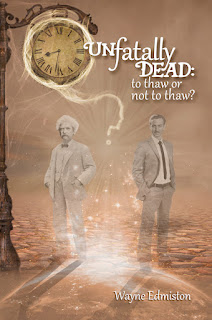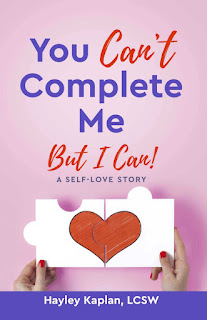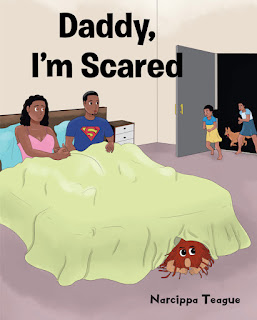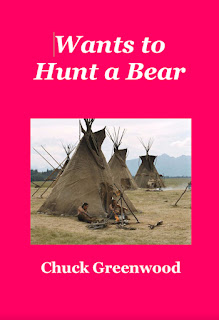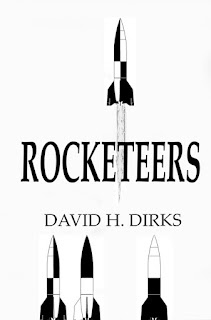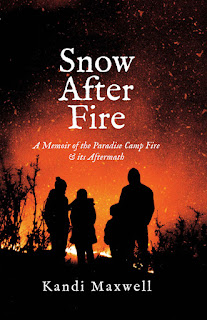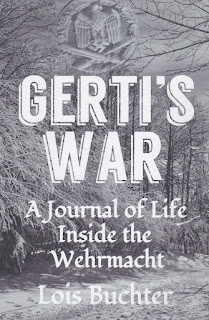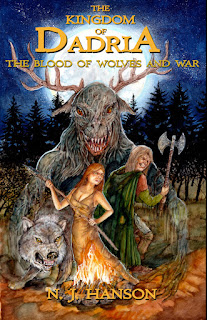Burke, with help from SWS Mountain Guides, has just published a stunning full-color, 10x10-inch “Lassen & Shasta California Ski Atlas: A Photographic Guide To Skiing California’s Most Iconic Volcanoes” ($32 in paperback from alpenglowpublishingstudio.com). “The goal of this book,” Burke writes, “is to keep things simple and give you the quick 411 on skiing around Lassen Volcanic National Park and Mt. Shasta…. Consider this book the ‘Cliff Notes’ to skiing some of the area’s best descents.”
Most all of the full-page overhead images—did I say stunning?—were taken by Burke in the late spring of 2023 after the extraordinary snowfall. He cautions backcountry skiers that “most, if not all, the ski lines mentioned in this book are avalanche paths. The slopes can and will kill people.” Take avalanche classes, know how to use your equipment, go out “with someone who actually knows that they’re doing, not just an internet buddy. Seriously, don’t die; dying sucks.”
That said, the atlas provides 17 access points, verified to work with Google Maps, along with dozens of routes (and the page numbers where they’re shown). For example, in the Mt. Shasta region Konwakiton Chute is 2800 ft. downhill; it’s 5 miles and 7700 ft. uphill from Clear Creek trailhead at 6500 ft. And there, on three pages, lies the Chute in all its snowy glory.
Each image is labeled with key features; on one of the pages showing Konwakiton Chute there are labels for Mud Creek Bowl, Sargents Ridge, and the I-wouldn’t-go-near-that-if-I-were-you area called Avalanche Gulch. The images of Lassen Peak are especially breathtaking.
This book, and a companion volume, “Trinity Alps California Ski Atlas,” are a snow skier’s delight. And delightful for those of us more into sno-cones.













